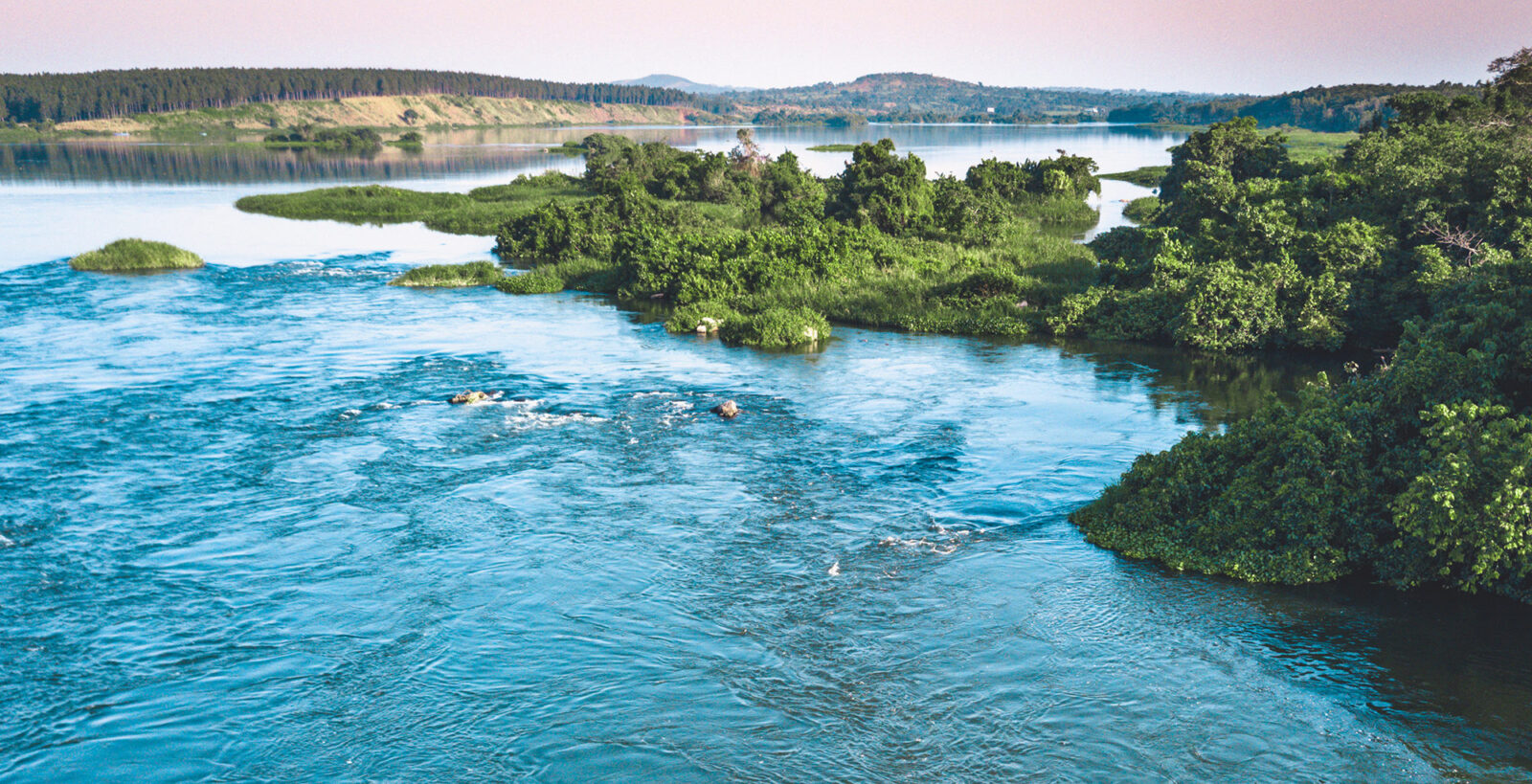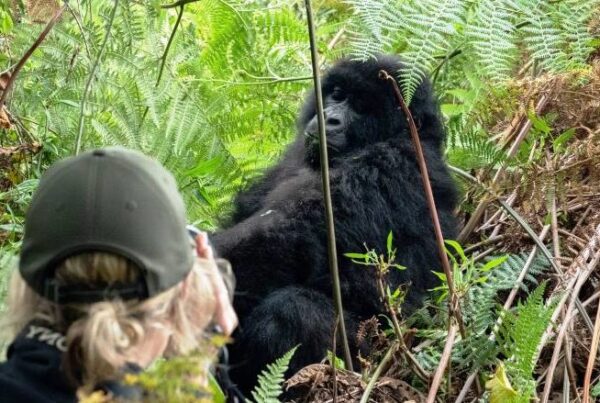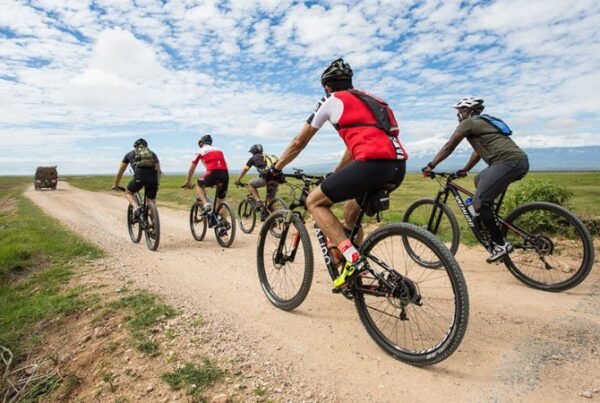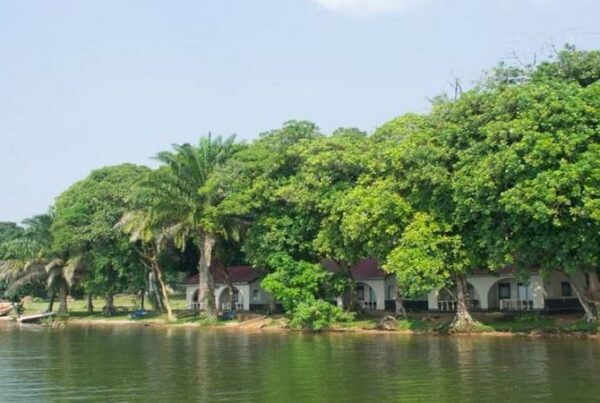Lake Victoria Photography Tour: Photo Essay with Limited Time
Capturing the Essence of Africa’s Great Lake
Lake Victoria, the largest lake in Africa and the second-largest freshwater body in the world, offers an unmatched canvas for photographers seeking to document natural beauty, vibrant ecosystems, and cultural landscapes. For travelers with limited time, the challenge lies in capturing the lake’s essence efficiently while maintaining high-quality imagery that tells a compelling visual story. The expansive waters, bustling fishing communities, and diverse wildlife present both aesthetic and narrative opportunities, making a focused photography tour a rewarding endeavor for both professional and amateur photographers.
Time constraints demand careful planning, prioritization of key locations, and an understanding of lighting, composition, and local activity patterns, ensuring that each captured image conveys the richness of Lake Victoria’s environment and the life that surrounds it.
Understanding Lake Victoria as a Photography Destination
Lake Victoria’s vastness is mirrored by its ecological and cultural diversity. The lake is fringed by wetlands, papyrus swamps, sandy shores, and islands, each providing unique photographic opportunities. Birdlife is abundant, ranging from fish eagles and kingfishers to herons and jacanas, offering dynamic subjects for wildlife photography. Fishermen launching boats at dawn or returning at dusk create natural compositions that blend human activity with environmental storytelling.
The surrounding communities contribute significantly to the lake’s visual narrative. Markets along the shoreline, local crafts, and traditional fishing techniques provide cultural context, allowing photographers to capture the interplay between humans and nature. The lake’s moods shift dramatically throughout the day, from serene morning mist to sparkling midday light and dramatic sunsets, offering varied atmospheres within a limited timeframe.
Planning a Limited-Time Photography Tour
When time is restricted, prioritization and efficient route planning are essential. Early morning should be allocated to capturing wildlife and fishing activities, as this period offers soft light and heightened activity. Sunrise over the lake illuminates water surfaces, boats, and distant islands, providing opportunities for both wide-angle landscape shots and detailed compositions of daily routines.
Mid-morning can be reserved for exploring shoreline communities, capturing cultural interactions, and photographing markets, crafts, and local architecture. These images complement natural subjects, creating a holistic photo essay that reflects both ecological and human dimensions of Lake Victoria.
Late afternoon and sunset present critical opportunities for dramatic compositions. Golden light enhances textures, contrasts, and reflections, allowing photographers to frame the lake, islands, and silhouetted boats in visually compelling ways. Limited time emphasizes the importance of scouting vantage points in advance to reduce travel delays and maximize shooting opportunities.
Key Photography Locations
Certain locations along Lake Victoria are particularly photogenic and accessible, making them ideal for a compressed itinerary. Islands such as Ngamba and Damba, accessible by boat, offer opportunities to capture both wildlife and scenic landscapes, including waterbirds and primates in natural habitats. Lakeshore villages provide intimate insights into traditional fishing methods, boat construction, and local daily life, all contributing to the storytelling of the tour.
Wetlands and papyrus swamps along the lake’s edge attract abundant birdlife, including kingfishers, herons, and African jacanas. Photographing these species requires patient observation, quiet positioning, and knowledge of feeding or nesting habits. Combining habitat diversity with cultural elements ensures that even a limited-time tour results in a varied and rich photographic portfolio.
Techniques for Maximizing Limited Time
Photography on a tight schedule necessitates strategic techniques to ensure both efficiency and quality. Fast autofocus and versatile zoom lenses allow photographers to capture moving subjects without the need for frequent lens changes. Tripods or monopods can stabilize shots in low-light conditions or during slow shutter captures of reflections on water.
Composition strategies should focus on foreground, middle ground, and background elements to create depth. Leading lines formed by boats, piers, or waterways guide the viewer’s eye, while reflections and natural framing enhance aesthetic appeal. Pre-setting camera settings based on anticipated lighting conditions reduces downtime and ensures rapid adaptation to changing environments.
Ethical Considerations and Respect for Communities
Photography at Lake Victoria requires ethical engagement with both wildlife and local populations. Permission should be sought before photographing individuals, markets, or private property. Maintaining distance from nesting birds or feeding wildlife ensures that natural behaviors are not disrupted, preserving authenticity and conservation ethics.
Respecting cultural sensitivities fosters trust and allows photographers to capture genuine interactions. Engaging local guides not only aids navigation and safety but also provides insights into ecological patterns and cultural practices, enhancing the depth and accuracy of the photo essay.
Integrating Wildlife and Cultural Narratives
The strongest photo essays at Lake Victoria emerge from blending ecological and human narratives. Images of waterbirds in flight, fishers handling nets, and children playing along the lakeshore convey both visual beauty and cultural significance. Capturing interactions between people and the lake highlights its central role in sustaining livelihoods, while wildlife photography illustrates the ecological richness and conservation importance of the area.
Balancing natural and human elements requires careful observation and anticipation. Photographers are encouraged to document routine activities as well as spontaneous moments, creating a cohesive story that reflects the interdependence of humans and the environment.
Safety and Logistical Considerations
Even limited-time tours require careful planning for safety and efficiency. Travel arrangements should prioritize reliable transport to lakeshore points and islands, and boating safety protocols must be followed rigorously. Weather patterns, particularly wind and rain, should be monitored to avoid unsafe conditions on the water.
Carrying lightweight, durable gear, water, and protective clothing ensures mobility and comfort throughout the day. Photographers should remain aware of terrain, including slippery shores and uneven surfaces, to minimize risk while positioning for optimal compositions.
A Rich Photo Essay in Limited Time
Lake Victoria offers an extraordinary canvas for photographers, even when time is limited. By prioritizing key locations, aligning activities with natural light and wildlife behavior, and integrating cultural and ecological narratives, photographers can produce compelling images that reflect both the beauty and complexity of Africa’s great lake. Ethical practices, careful planning, and local engagement ensure that the tour is both productive and responsible.
For a seamless, expertly guided photography tour at Lake Victoria, it is recommended to book your Africa tours and safaris via WildHorn Africa, where logistical support, local knowledge, and tailored itineraries allow every moment—from sunrise reflections to lakeshore cultural interactions—to be captured safely, ethically, and memorably.





 WildHorn Africa – Authentic and unforgettable tours across Africa, guided by local experts who know the land, wildlife, and culture best.
WildHorn Africa – Authentic and unforgettable tours across Africa, guided by local experts who know the land, wildlife, and culture best.


